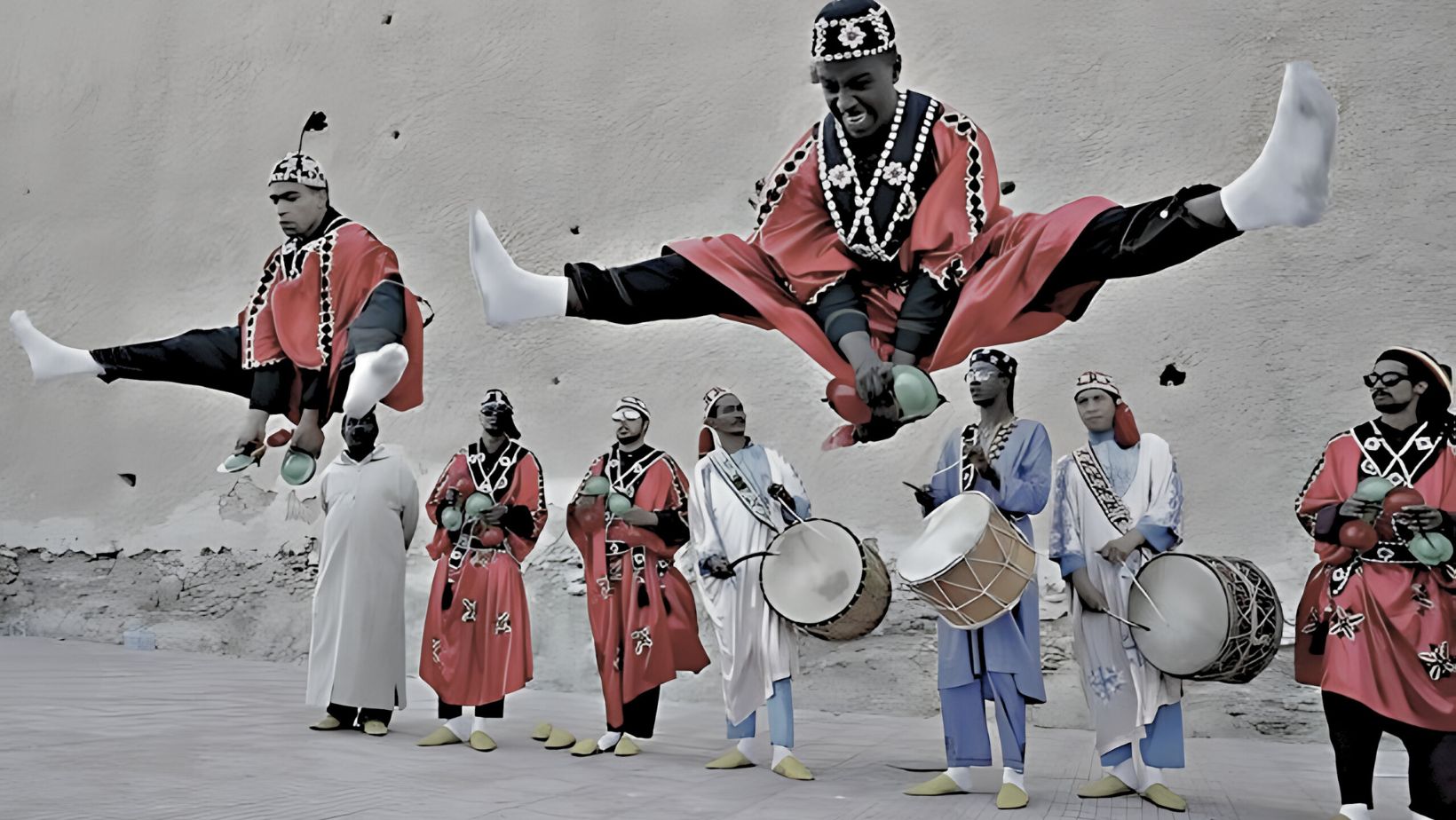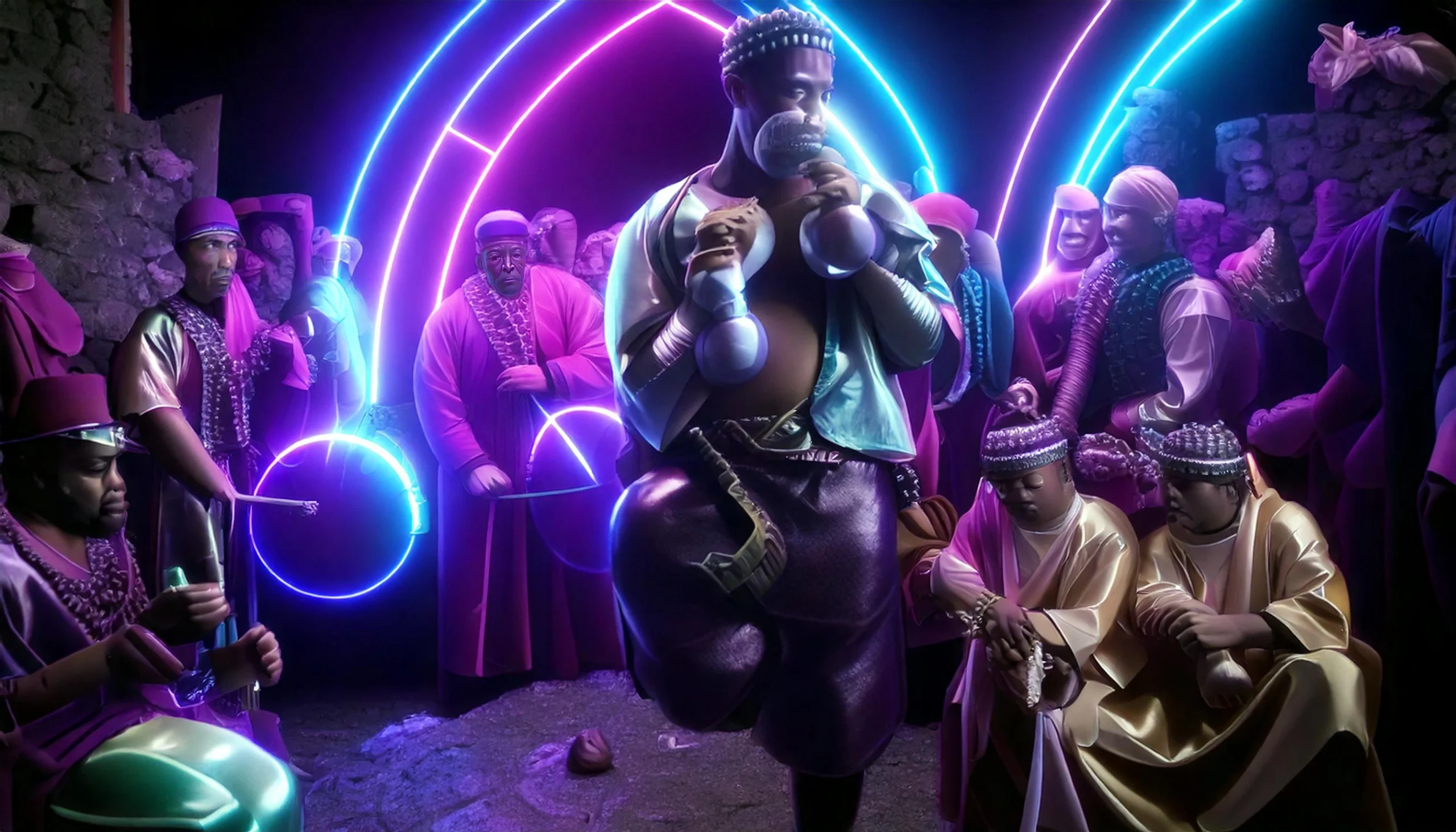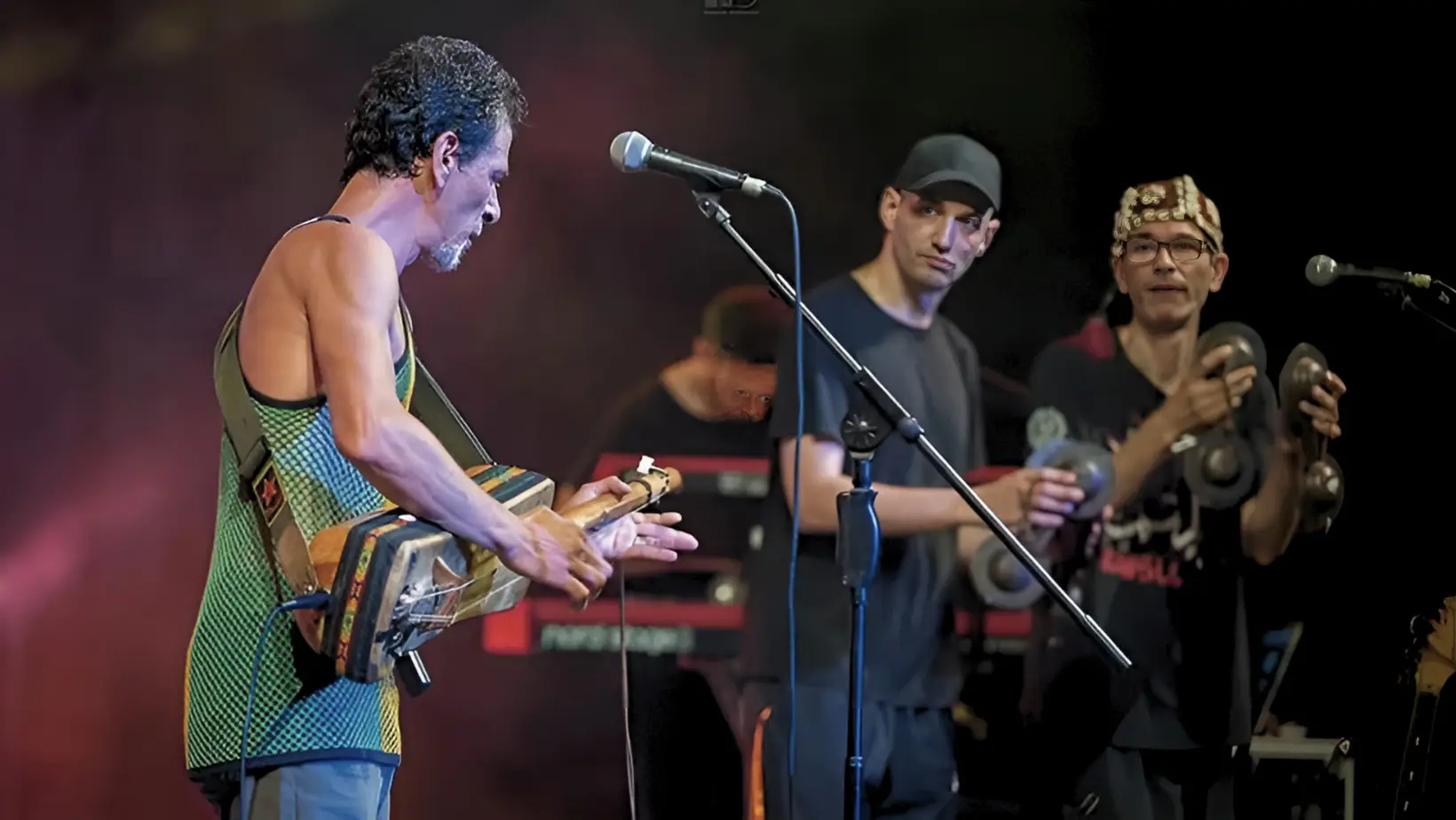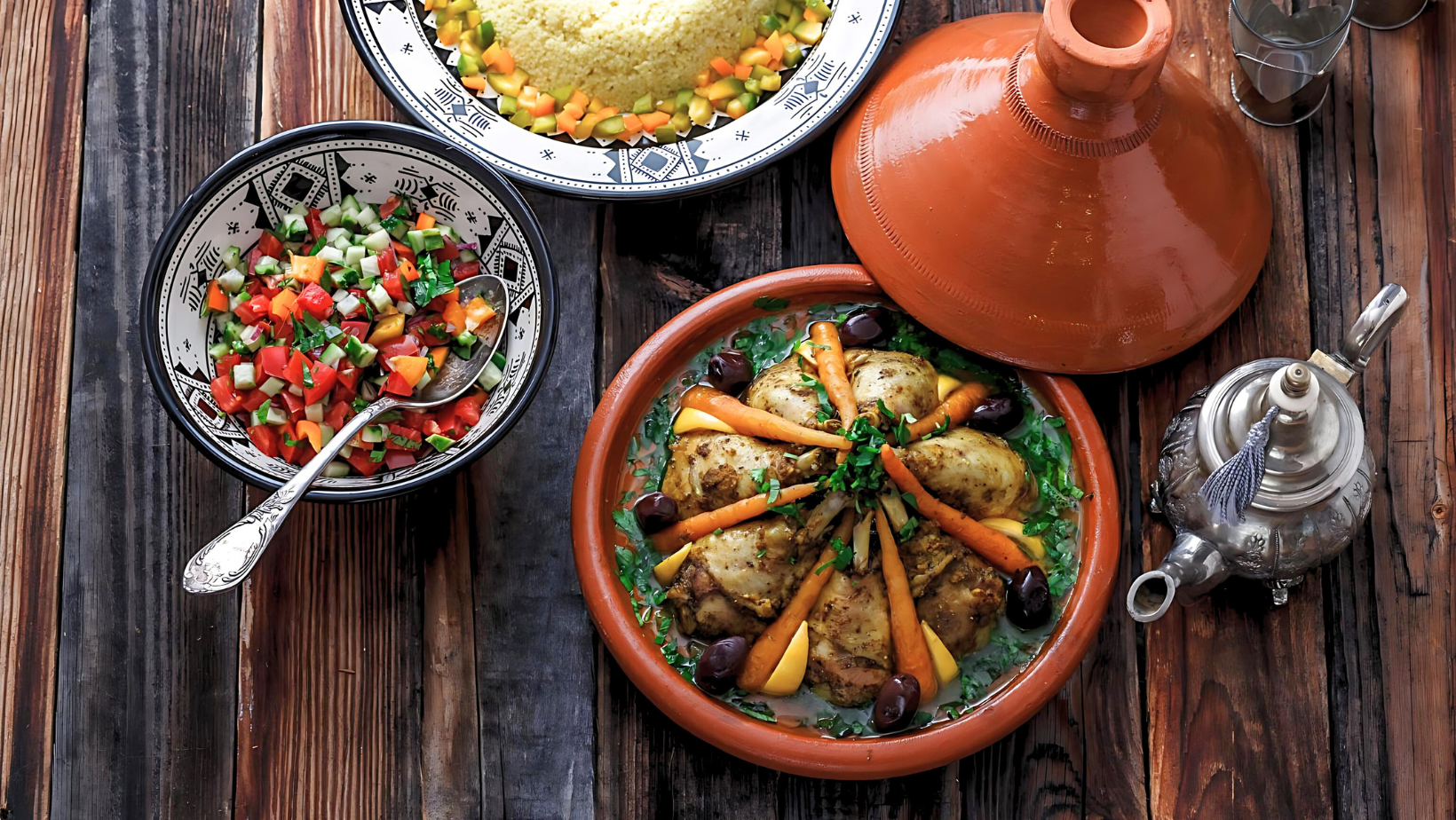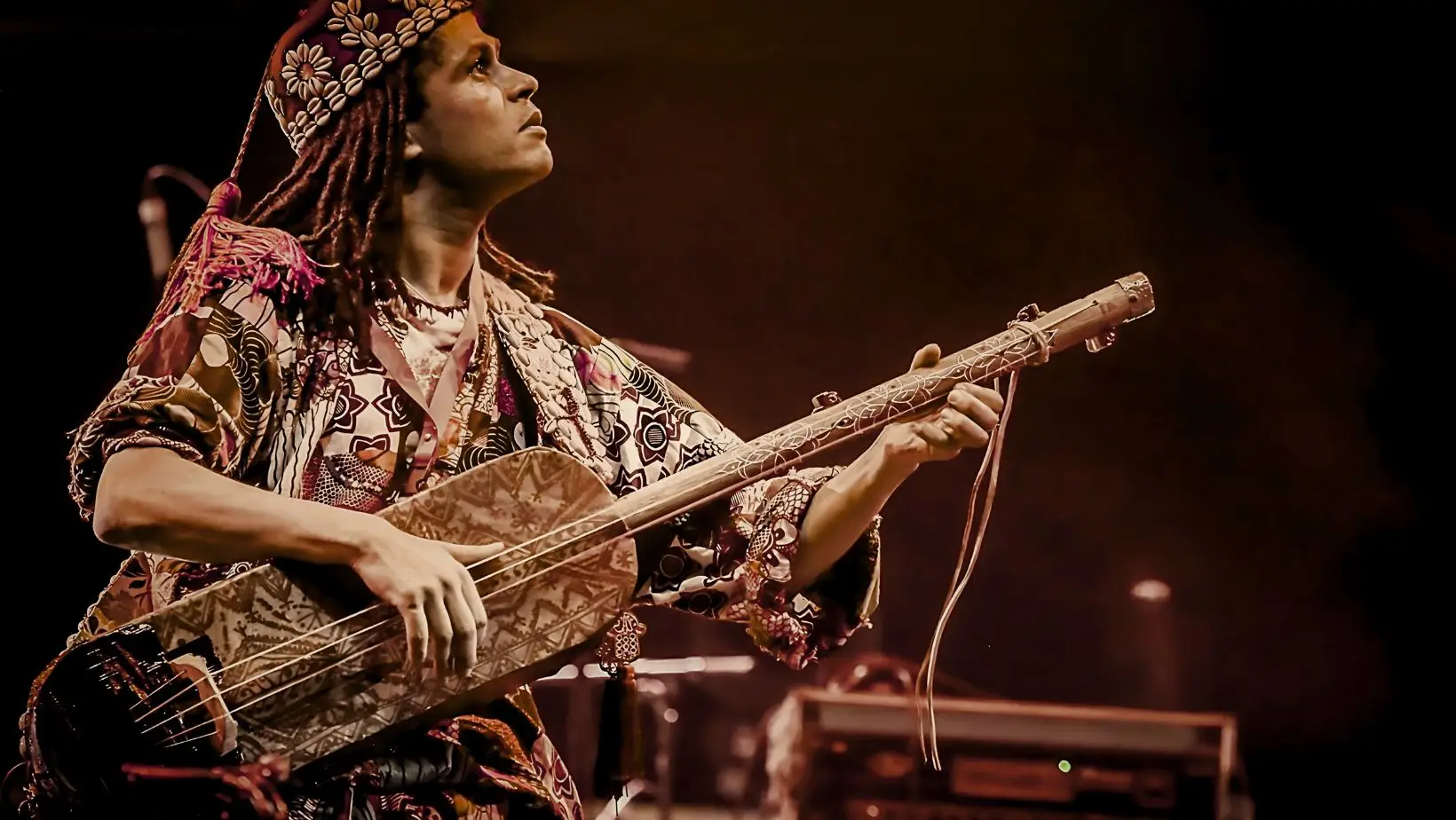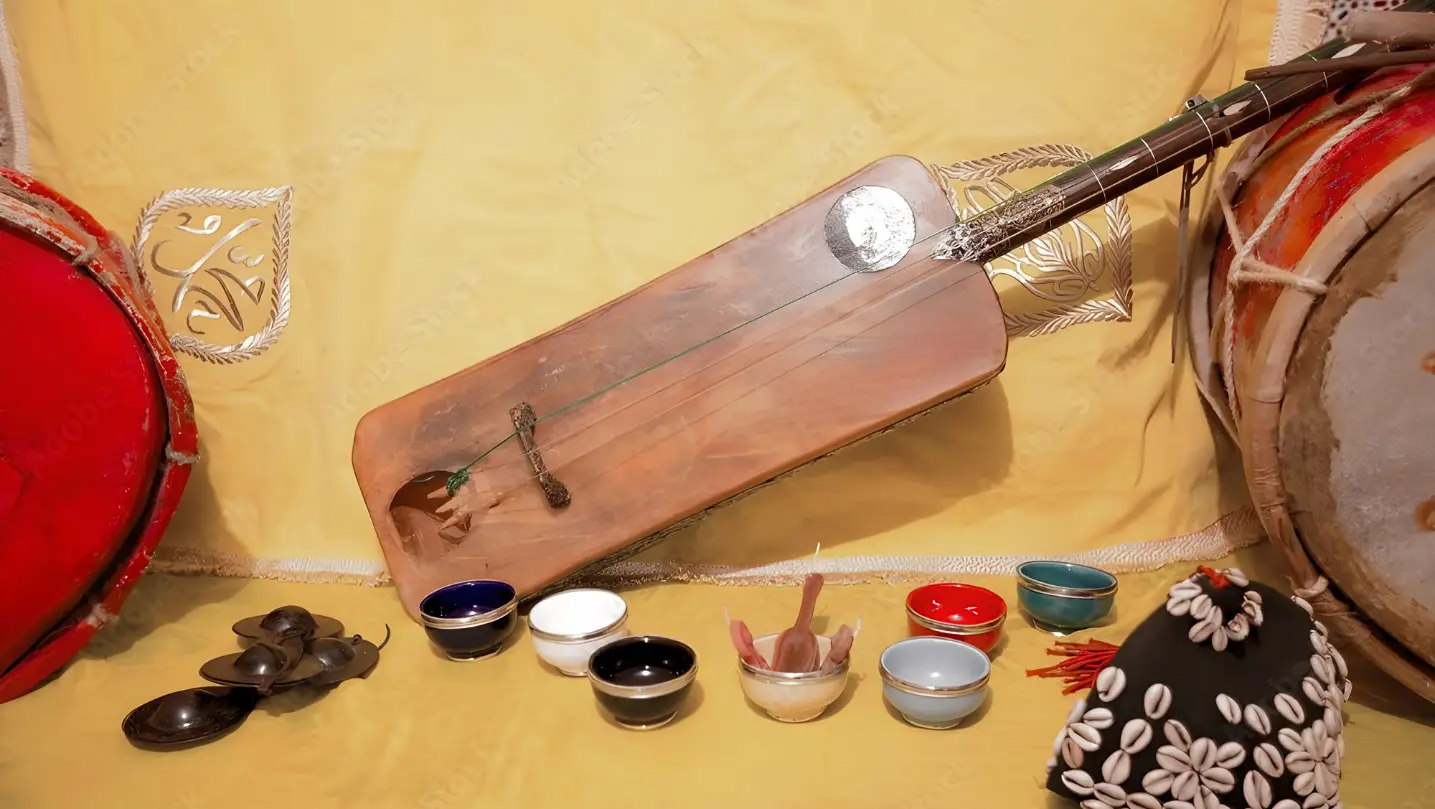Gnawa music and dance form a vital part of North African cultural heritage, particularly within Morocco. Rooted in the spiritual and communal practices of the Gnawa people, dance is not merely a form of artistic expression but a significant component of their rituals and performances. This article delves into the intricate role of dance in Gnawa traditions, exploring its types, choreography, spiritual significance, and cultural importance.
Types of Dances in Gnawa Rituals
Ritualistic Dance
Ritualistic dance in Gnawa ceremonies, known as lilas or derdeba, is deeply spiritual. These dances are usually performed during all-night healing rituals intended to invoke spirits and achieve a state of trance. The primary aim is to facilitate communication with the divine and provide spiritual cleansing.
Celebratory Dance
Apart from rituals, celebratory dances are performed during festivals and public performances. These dances are more communal and joyous, reflecting the collective spirit and cultural pride of the Gnawa community. They often involve audience participation, creating a vibrant and inclusive atmosphere.
Choreography and Movements
Symbolic Movements
Gnawa dance movements are rich with symbolism. Each gesture and step is imbued with meaning, often representing elements of nature, spiritual entities, or historical narratives. For instance, swaying movements can symbolize the flowing of water or the presence of spirits.
Rhythmic Synchronization
The dance is intricately tied to the rhythms of Gnawa music. Dancers move in perfect harmony with the beats of the krakebs (metal castanets) and the guembri (three-stringed lute). This synchronization enhances the trance-inducing effect of the performance, drawing both dancers and onlookers into a shared spiritual experience.
Costume and Accessories
Dancers often wear traditional attire, including flowing robes and headpieces adorned with shells and beads. These costumes are not just decorative but serve to enhance the visual and symbolic impact of the dance. Accessories like scarves and tassels are used to accentuate movements and add layers of meaning to the performance.
Trance and Spirituality
Inducing Trance
The primary objective of Gnawa dance within rituals is to induce a trance state. This is achieved through repetitive and rhythmic movements that align with the music’s hypnotic beats. The trance state is considered essential for spiritual healing and communion with the divine.
Healing and Possession
In the trance state, dancers may experience spiritual possession, where spirits are believed to enter their bodies. This possession is a crucial aspect of Gnawa healing rituals, as it allows for direct interaction with spiritual entities. The dance thus becomes a medium for divine intervention and healing.
Cultural Significance
Preservation of Tradition
Dance in Gnawa rituals is a powerful means of preserving and transmitting cultural heritage. Through these performances, the Gnawa people keep their ancestral traditions alive, passing them down through generations. The dance serves as a living archive of their history, beliefs, and practices.
Expression of Identity
Gnawa dance is also a profound expression of cultural identity. It reflects the unique blend of African, Arab, and Berber influences that define Gnawa culture. By performing these dances, the Gnawa community asserts its distinctiveness and resilience in the face of historical challenges.
Community and Unity
The communal aspect of Gnawa dance fosters a sense of unity and belonging. Whether during ritualistic ceremonies or public celebrations, dance brings people together, strengthening social bonds and reinforcing communal values. It is a celebration of life, spirituality, and cultural solidarity.
Conclusion
The role of dance in Gnawa rituals and performances is multifaceted and deeply significant. It encompasses spiritual, cultural, and communal dimensions that are essential to the Gnawa way of life. By exploring the types of dances, their choreography, spiritual importance, and cultural relevance, we gain a deeper appreciation of this rich tradition. Gnawa dance is not just an art form but a vibrant expression of a community’s soul, history, and identity.
